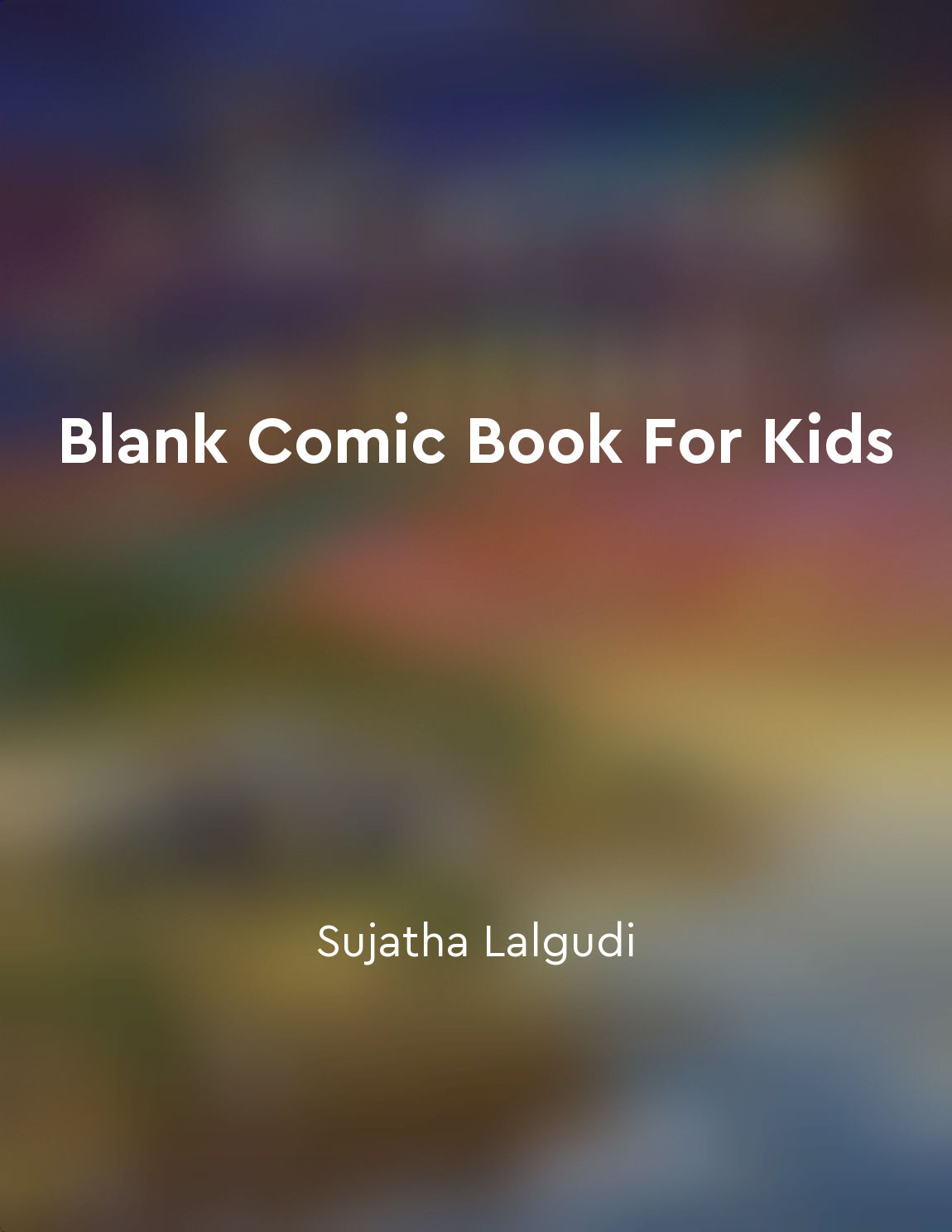Reading comics requires active participation from "summary" of Understanding Comics by Scott McCloud
The act of reading comics involves a unique form of engagement that goes beyond merely scanning words on a page. It requires the reader to interact actively with the sequential art in front of them, utilizing both visual and verbal channels of communication simultaneously. Comics are a medium that combines words and pictures to convey meaning, requiring readers to decode both elements in order to understand the narrative. This dual-channel processing engages the reader's brain in a different way compared to reading plain text, as they must interpret the relationship between images and text to derive the intended message. In comics, the space between panels, known as the "gutter," plays a crucial role in encouraging reader participation. It is within this space that readers must fill in the gaps between individual panels, using their imagination to bridge the visual and narrative elements of the story. By actively making connections between panels, readers become co-creators of the story, contributing their own interpretations and emotions to the reading experience. Furthermore, the use of closure in comics requires readers to mentally connect disparate images to create a continuous narrative flow. This act of closure demands active engagement from the reader, as they must infer what happens between panels based on visual cues and contextual information. By participating in the closure process, readers become more deeply involved in the storytelling and develop a sense of ownership over the narrative.- The interactive nature of comics invites readers to become active participants in the storytelling process, challenging them to engage with the medium on multiple levels. Through their interpretation and imagination, readers bring the static images on the page to life, creating a dynamic and immersive reading experience that transcends the boundaries of traditional literacy.
Similar Posts
Bridging cultural divides through a shared language of words
Imagine a world where people from different cultures and backgrounds could come together and communicate effortlessly through a...

Develop your own unique drawing style
Every artist has their own unique drawing style that sets them apart from others. It is important to develop your own style so ...
Identify the type of book you are reading for appropriate reading strategy
When approaching a book, the first step is to determine what type of book it is. This is essential because different types of b...
Gets progressively more challenging as you go through the book
The stories included in this collection have been carefully selected to provide an enjoyable reading experience for beginners i...
The materials used vary greatly
The range of materials used in creating artists' books is vast and diverse. Artists experiment with traditional paper and bindi...
Enchanting illustrations to captivate young minds
The vibrant and detailed illustrations found within the pages of 'TINKLE DOUBLE DIGEST 162' serve a crucial purpose - to captiv...

